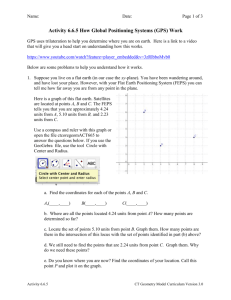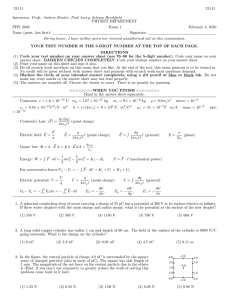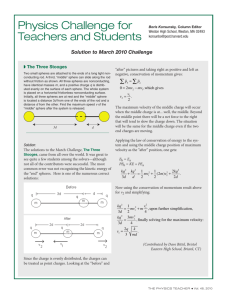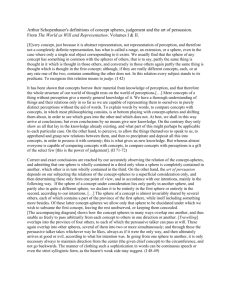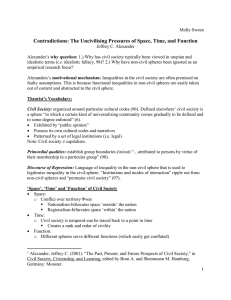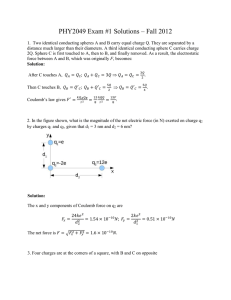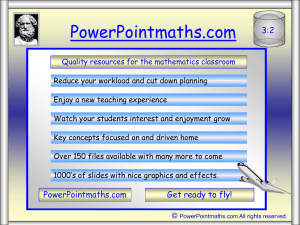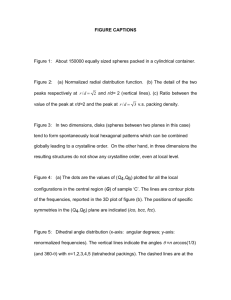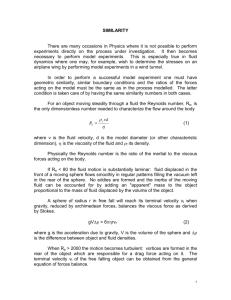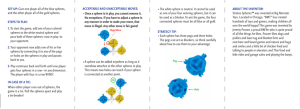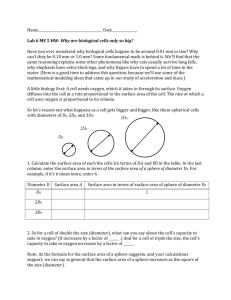Atomic Radius
advertisement
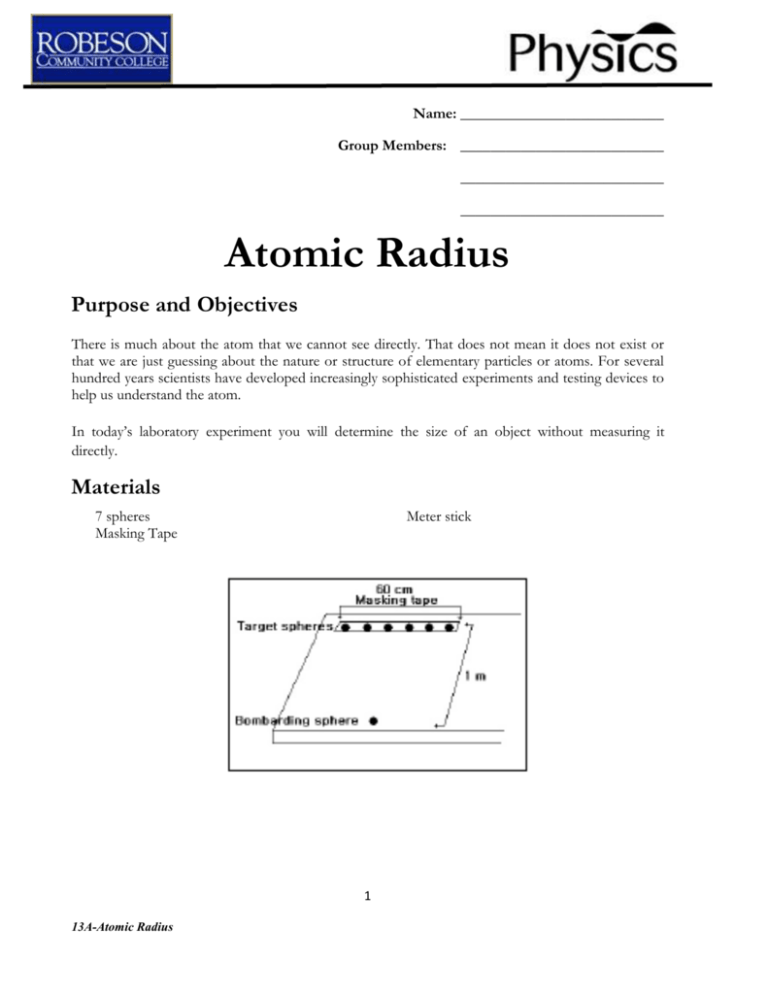
Name: ___________________________ Group Members: ___________________________ ___________________________ ___________________________ Atomic Radius Purpose and Objectives There is much about the atom that we cannot see directly. That does not mean it does not exist or that we are just guessing about the nature or structure of elementary particles or atoms. For several hundred years scientists have developed increasingly sophisticated experiments and testing devices to help us understand the atom. In today’s laboratory experiment you will determine the size of an object without measuring it directly. Materials 7 spheres Masking Tape Meter stick 1 13A-Atomic Radius Procedure 1. Use the masking tape and make a line 60 cm long across the lab table. Measure and record the exact length of the line in the data table. Your “field of action” should not have any obstructions. 2. Place 6 spheres along your marked line across its width. Place a sphere at 5.0 cm, 15.0 cm, 25.0 cm, 35.0 cm, 45.0 cm, and 55.0 cm. 3. Place the remaining sphere about 1 meter away from the targets. 4. Without looking, one partner will roll the single sphere toward the line of spheres. The other partner will record hits or misses and replace any hit spheres before the next roll. Continue for 100 trials. 5. Switch partners and repeat step 4. 6. Total the number of trials and the hits for you and your partner. Record these totals in your data table.. 7. Collect class data for hits and trials, sum them up with your own totals and record them. 8. Measure the diameter of the spheres using a vernier caliper. Data Hit Miss Partner A Partner B Total Observations Your Data A: Width of Field (cm) B: Number of Target Spheres C: Total Number of Hits D: Total Number of Trials E: Calculated Sphere Diameter (cm) F: Actual Diameter of Sphere (measured) (cm) 2 13A-Atomic Radius Class Data Analysis 1. On what does the hit/miss ratio depend? 2. Calculate the diameter of your sphere using the following formula: 𝐷𝑖𝑎𝑚𝑒𝑡𝑒𝑟 𝑜𝑓 𝑆𝑝ℎ𝑒𝑟𝑒 = [𝐹𝑖𝑒𝑙𝑑 𝑤𝑖𝑑𝑡ℎ (𝐴)] [𝐻𝑖𝑡𝑠 (𝐶)] 2 [#𝑜𝑓 𝑇𝑎𝑟𝑔𝑒𝑡𝑠 (𝐵)][𝑇𝑟𝑖𝑎𝑙𝑠 (𝐷)] 3. Calculate the “Class Sphere Diameter” and compare. 4. How would you expect your data to differ if your spheres were twice as large? Half as large? 5. How does the number of trials affect the results? 6. Investigate the Hans Geiger/Ernest Marsden and Rutherford gold foil experiments. What did those experiments prove and what are the similarities between your experiment and theirs? 3 13A-Atomic Radius
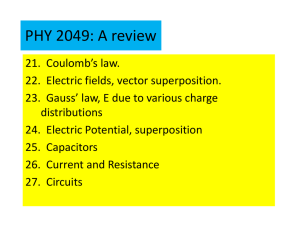
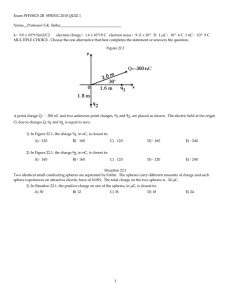



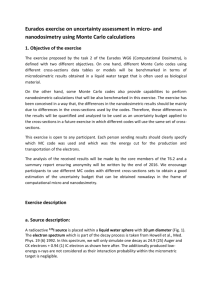
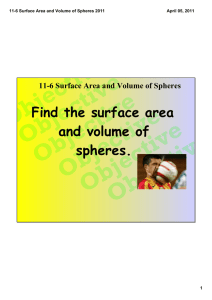
![Volume of Pyramids, Cones, and Spheres [12/4/2013]](http://s2.studylib.net/store/data/005724855_1-4c0eaf218975fc4d9fe792c18193e4dc-300x300.png)
